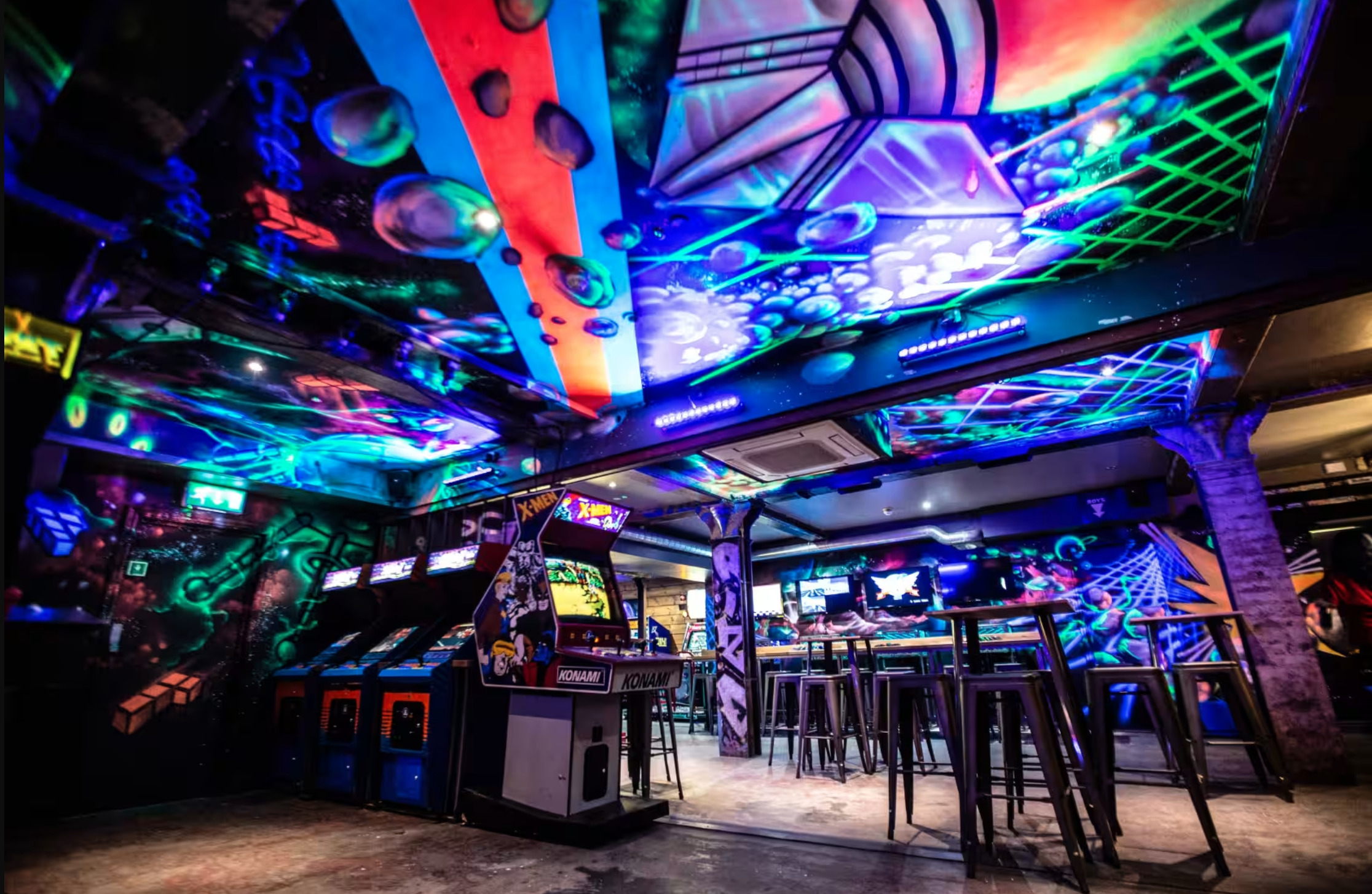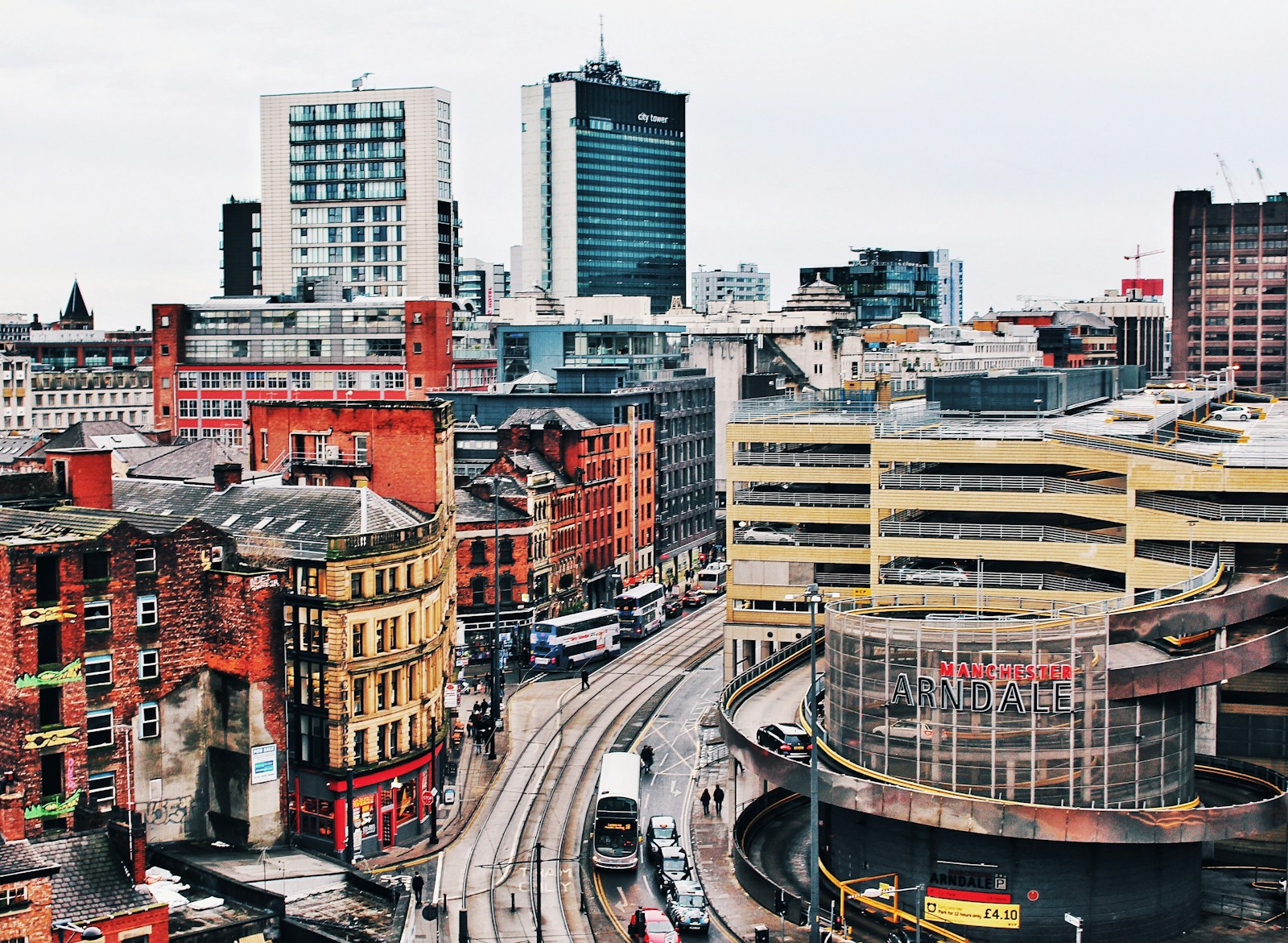London: The Birthplace of Immersive Entertainment in the UK
London is a city where centuries-old history meets cutting-edge creativity, and nowhere is this more evident than in its thriving immersive entertainment scene. The capital has become a global hub for immersive experiences, blending art, technology, and storytelling in ways that challenge traditional forms of entertainment.
From immersive theatre to competitive socialising, London’s rise as the birthplace of modern immersive entertainment is a testament to the city’s ability to foster innovation and support creative talent.
Origins of Immersive Entertainment in London
The roots of immersive entertainment in London can be traced back to the city’s theatre scene, which has always pushed boundaries. In the early 2000s, companies like Punchdrunk began reimagining how stories could be told, shifting from passive audience experiences to fully interactive performances. Punchdrunk’s landmark production, “Sleep No More”, introduced audiences to a new kind of theatre, where they could wander freely through intricately designed spaces and experience the narrative in a non-linear way.
As technology advanced, so did immersive experiences. The rise of virtual reality (VR), augmented reality (AR), and digital projections in the 2010s added new dimensions to the city’s entertainment offerings.
These technological innovations enabled venues to create multi-sensory experiences that engaged audiences on a deeper level, such as Van Gogh: The Immersive Experience and Secret Cinema, which revolutionised the way people engage with films by recreating iconic scenes and inviting participants to become part of the story.
Clusters of Creative Talent and Organisations
London’s success as a global leader in immersive entertainment is largely due to the concentration of creative talent in the city.
The city is home to a vast network of artists, performers, technologists, and designers who collaborate across disciplines to create experiences that break the mould.
- Punchdrunk remains one of the most influential immersive theatre companies, pioneering large-scale interactive performances.
- Secret Cinema leads the way in immersive cinema, merging film screenings with interactive live performances.
- Arts collectives in East London are pushing the boundaries of immersive art installations, blending digital technology with physical spaces to create environments where visitors can interact with the art.
Supporting these creative efforts are cultural institutions and arts organisations such as The National Theatre, which has been experimenting with digital and immersive performances, and The Arts Council England, which funds many innovative projects.
Additionally, London’s West End and Fringe Theatre scenes provide a steady stream of talent, many of whom transition into the immersive entertainment sector.
The Impact of the Immersive Entertainment Sector
The impact of London’s immersive entertainment sector cannot be overstated. Economically, it contributes millions of pounds annually to the city’s tourism and leisure industries. Secret Cinema’s productions alone have drawn over half a million attendees, with each event creating a ripple effect for local businesses, restaurants, and hospitality providers.
London’s immersive sector has also helped establish the city as a cultural hotspot, attracting tourists from around the globe. Visitors travel to the city specifically to experience events like Phantom Peak or Van Gogh: The Immersive Experience, driving increased footfall to museums, galleries, and entertainment venues.
Beyond economic contributions, immersive entertainment fosters innovation in creative industries. It encourages experimentation with VR, AR, and projection technologies, which have applications beyond entertainment in fields like education, healthcare, and urban design.
Demographic Make-Up and Ecosystem Support
The demographic profile of those engaging with immersive entertainment in London is varied, but several key groups stand out:
Millennials and Gen Z: These younger generations are driving the demand for immersive experiences. With a preference for experiences over material goods, they seek out entertainment that is interactive, shareable on social media, and offers something beyond the ordinary. Venues like Flight Club and Swingers cater to this demographic, blending competitive socialising with vibrant atmospheres.
Corporate Teams and Professionals: London’s competitive socialising venues have become popular for team-building and after-work social events. The city’s large financial, tech, and creative sectors provide a steady flow of professionals looking for group-friendly, engaging activities. Venues like Bounce (ping-pong) and Electric Shuffle (shuffleboard) thrive in this space, offering both competitive play and networking opportunities.
Tourists and Cultural Enthusiasts: London’s status as a top global tourist destination means that a significant portion of immersive entertainment attendees are international visitors. Experiences like Secret Cinema and immersive art exhibitions attract culturally inclined tourists who are looking for something unique that showcases London’s creativity.
This diverse demographic make-up supports the growth of London’s immersive ecosystem by ensuring a steady stream of demand for varied experiences.
The combination of a young, experience-driven audience, professionals seeking interactive social venues, and tourists eager for innovative entertainment creates an ecosystem where creativity can flourish and immersive entertainment businesses thrive.
Why London’s Ecosystem Supports Immersive Entertainment
London’s ecosystem is particularly well-suited to immersive entertainment for several reasons:
Access to Talent: London’s world-class universities, theatre schools, and tech incubators produce a continuous stream of talent in the fields of design, performance, and technology. This talent pool drives the creative experimentation that powers the sector.
Cultural Diversity: London’s diverse population means that immersive entertainment offerings can tap into a broad range of cultural influences. This diversity is reflected in the content and experiences, which range from historical reenactments to futuristic digital installations.
Tourism and Economic Support: With millions of tourists visiting London each year, the city has the infrastructure to support large-scale immersive experiences. Government and local authorities have also recognised the sector’s economic potential, offering grants and incentives for cultural and creative projects.
Tech Innovation Hub: London’s status as a global tech hub, particularly in East London’s Silicon Roundabout, has led to partnerships between technologists and creatives, allowing for greater innovation in VR, AR, and AI-driven experiences.
Conclusion
London’s rise as the birthplace of modern immersive entertainment is no accident. The city’s unique blend of creative talent, cultural diversity, and technological innovation has created an ecosystem that supports and nurtures immersive experiences.
From immersive theatre and interactive art installations to competitive socialising venues and cutting-edge VR experiences, London continues to push the boundaries of what entertainment can be, attracting locals and tourists alike while solidifying its status as a global leader in the immersive entertainment space.



